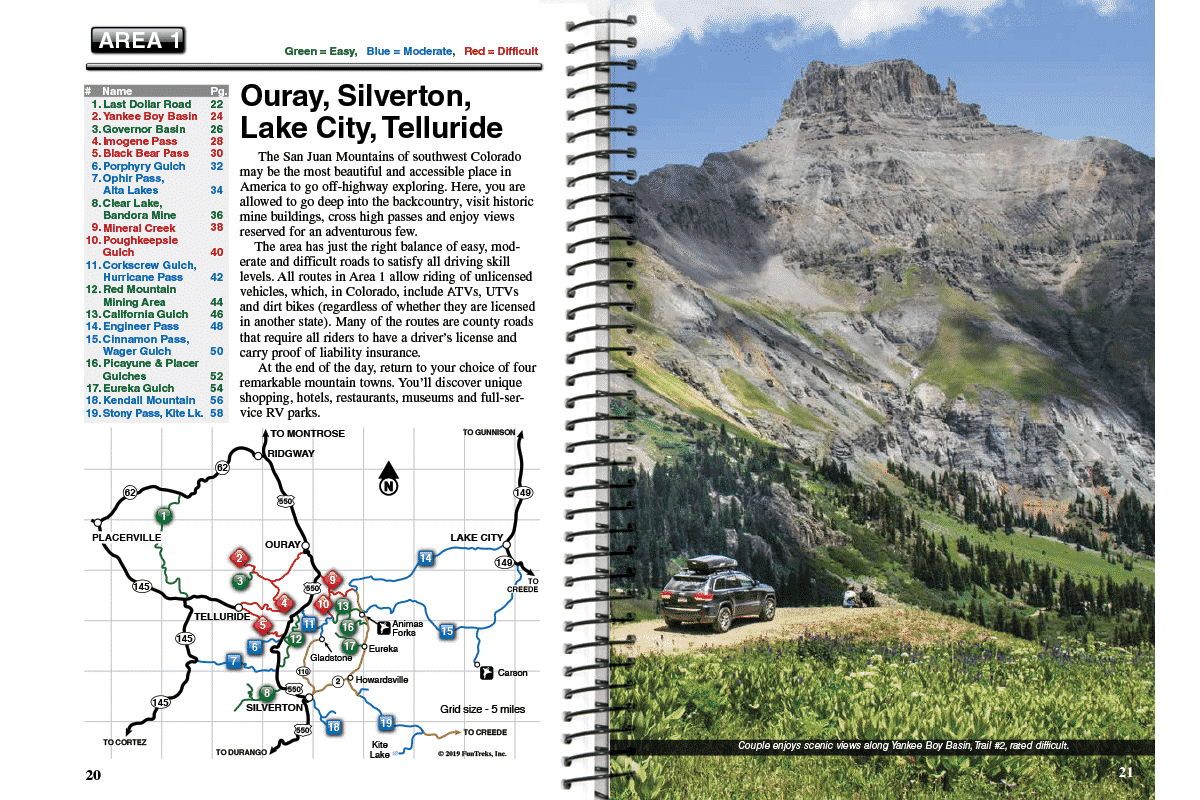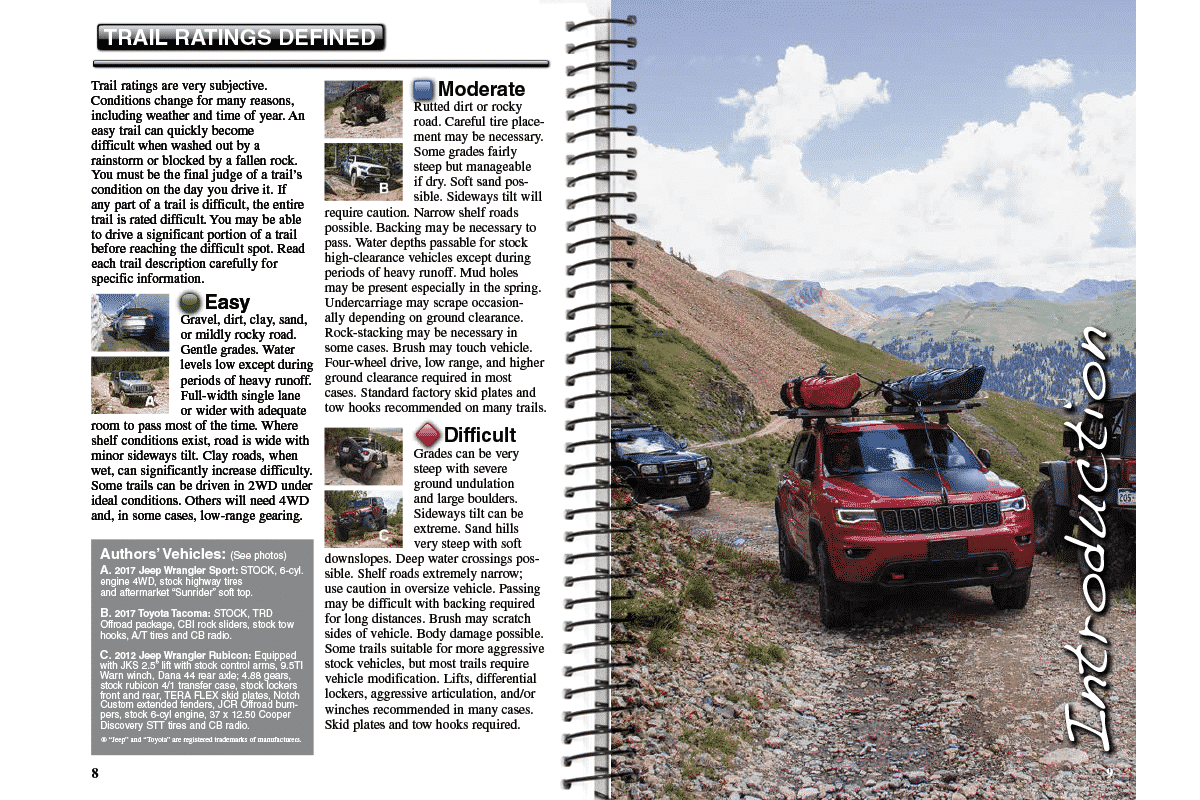
Navigate the South’s Best Backroads: A Comprehensive Guide
The South. A land steeped in history, brimming with charm, and crisscrossed by a network of backroads whispering untold stories. Forget the interstates; the real adventure lies in the winding, sun-dappled paths that connect quaint towns, hidden waterfalls, and breathtaking vistas. This isn’t just a guide; it’s an invitation to rediscover the soul of the South, one dusty mile at a time.
Beyond the Asphalt: Why Choose the Backroads?
The allure of the backroads transcends mere navigation. It’s about slowing down, embracing the unexpected, and connecting with a landscape often overlooked. Interstates offer efficiency; backroads offer experience. Imagine:
- Uninterrupted Views: Escape the concrete jungle and immerse yourself in panoramic landscapes, from rolling hills to majestic mountains.
- Authentic Encounters: Discover charming small towns, meet friendly locals, and experience the true rhythm of Southern life.
- Hidden Gems: Uncover secret waterfalls, forgotten historical sites, and nature’s best-kept secrets, far from the tourist crowds.
- Unforgettable Drives: The winding roads themselves become part of the adventure, offering a thrilling and scenic journey.
Crafting Your Backroads Adventure: Essential Planning
Before embarking on your backroads odyssey, a little preparation goes a long way.
- Vehicle Check: Ensure your vehicle is road-trip ready. Check tire pressure, fluids, and spare tire. A rugged SUV or a reliable sedan will suffice, depending on the road conditions.
- Mapping and Navigation: While GPS is helpful, consider supplementing it with good old-fashioned maps. Cell service can be spotty in rural areas. Offline map apps are a wise choice.
- Packing Essentials: Pack plenty of water, snacks, a first-aid kit, and any necessary medications. Comfortable clothing and sturdy shoes are crucial.
- Weather Awareness: The South’s weather can be unpredictable. Check the forecast before you leave and pack accordingly.
- Respect Local Communities: Be mindful of speed limits, observe local customs, and support local businesses along the way.
The Southern Backroads: A Regional Breakdown
The South boasts a diverse range of backroad experiences. Here’s a glimpse into some regional highlights:
1. The Blue Ridge Parkway (Virginia & North Carolina): This iconic scenic byway offers breathtaking mountain views, hiking trails, and charming overlooks. Expect winding roads and stunning vistas at every turn.
2. Natchez Trace Parkway (Mississippi, Alabama, Tennessee): A historical trail following an ancient Native American trail, the Natchez Trace offers a glimpse into the past alongside stunning natural beauty. Plan for longer driving days as stops are plentiful.
3. The Great Smoky Mountains National Park (North Carolina & Tennessee): While not entirely backroads, the park’s numerous smaller, less-traveled routes offer a more intimate experience of this iconic national park.
4. Coastal Georgia’s Scenic Byways: Explore the charming coastal towns and barrier islands of Georgia via a network of scenic byways offering ocean views and Southern charm.
5. Louisiana’s Bayou Country: Navigate the network of bayous and backroads, encountering unique wildlife and Cajun culture. Consider a guided tour for optimal exploration.
Table: Quick Backroads Highlights
| Region | Highlight | Best Time to Visit | Road Type |
|---|---|---|---|
| Blue Ridge Parkway | Mountain Views, Hiking | Spring, Fall | Winding, Scenic |
| Natchez Trace Parkway | History, Nature, Ancient Trail | Spring, Fall | Relatively Smooth |
| Great Smoky Mountains | Diverse Landscapes, Hiking, Wildlife | Spring, Summer, Fall | Varies, Some Rugged |
| Coastal Georgia | Ocean Views, Charming Towns | Spring, Fall | Paved, Scenic |
| Louisiana Bayous | Unique Wildlife, Cajun Culture | Spring, Fall | Some Unpaved |
Beyond the Wheel: Activities & Experiences
The backroads aren’t just about the drive; they’re about the experiences along the way. Consider these possibilities:
- Hiking: Explore numerous trails accessed from backroads.
- Photography: Capture the stunning landscapes and charming towns.
- Picnics: Enjoy a meal with a view at a scenic overlook.
- Historical Site Visits: Discover hidden historical gems and learn about the region’s rich past.
- Local Cuisine: Savor authentic Southern dishes at local restaurants and diners.
Embrace the Journey:
Navigating the South’s backroads isn’t just about reaching a destination; it’s about embracing the journey itself. Allow yourself to get lost, discover the unexpected, and create memories that will last a lifetime. So, pack your bags, choose your route, and prepare for an unforgettable adventure. The open road awaits.

Additional Information
A Deeper Dive into “Navigate the South’s Best Backroads: A Comprehensive Guide”
While a comprehensive guide to the South’s backroads promises a wealth of information, a critical analysis requires examining several key aspects to determine its true value. Simply listing routes is insufficient; a truly comprehensive guide should offer in-depth analysis and context beyond mere geographical coordinates. This analysis will focus on several key areas that would elevate a “comprehensive” guide beyond the superficial:
1. Beyond the Map: Historical and Cultural Context:
A truly comprehensive guide goes beyond simply plotting points on a map. It needs to weave in the rich historical and cultural tapestry of the Southern landscape. For example, a route passing through the Appalachian Mountains should delve into the history of Appalachian settlement, the impact of coal mining on the region’s economy and environment, and the unique cultural traditions of the mountain people. Similarly, routes traversing the Mississippi Delta could explore the history of cotton cultivation, the impact of the Civil Rights movement, and the evolution of blues music. Including historical photographs, excerpts from primary sources, or links to relevant museums and historical societies would enhance the reader’s understanding and appreciation of the region.
2. Detailed Route Descriptions and Practical Considerations:
The devil is in the details. A truly comprehensive guide must provide detailed route descriptions that go beyond simple mileage and road names. This includes:
- Road conditions: Specificity is crucial. Mentioning simply “gravel road” is insufficient. The guide should specify the quality of the gravel, the presence of potholes or washboards, and the suitability for various vehicle types (e.g., high-clearance 4×4 vehicles only).
- Seasonal accessibility: Many backroads are impassable during certain seasons due to flooding, snow, or mud. This information needs explicit mention.
- Points of interest along the route: Highlighting scenic overlooks, historical markers, hiking trails, local restaurants, or unique roadside attractions adds value and encourages exploration.
- Safety considerations: Addressing potential hazards like wildlife encounters, limited cell service, and potential for breakdowns is crucial for responsible travel planning.
3. Environmental Impact and Sustainable Tourism:
A responsible guide should address the environmental impact of backroad travel. This involves:
- Leave No Trace principles: Encouraging responsible behavior such as proper waste disposal, minimizing environmental disturbance, and respecting private property is crucial.
- Conservation efforts: Highlighting local conservation organizations or initiatives working to protect the natural beauty of the region enhances the guide’s value and promotes responsible tourism.
- Sustainable lodging and dining recommendations: Suggesting eco-friendly accommodations and locally-owned restaurants supports the local economy and minimizes the environmental footprint of tourism.
4. Data-Driven Insights and Route Optimization:
A modern “comprehensive” guide could leverage data analysis to enhance its usefulness. For example:
- Crowdsourcing route data: Integrating user-submitted feedback on road conditions, points of interest, and accessibility would provide dynamic updates and a richer user experience.
- Traffic patterns analysis: Identifying less-congested travel times for popular routes, especially during peak seasons, would significantly improve the travel experience.
- GPS integration: Providing downloadable GPS tracks for each route would enhance navigation and safety, particularly in areas with limited cell service.
5. Comparative Analysis and Route Selection:
The guide could benefit from a comparative analysis of different backroads leading to the same destination. For example, comparing a scenic route with a faster, less scenic alternative allows users to make informed decisions based on their preferences and time constraints. This would elevate the guide beyond a mere list and empower readers to choose the best route for their needs.
By incorporating these aspects, “Navigate the South’s Best Backroads” could evolve from a simple guide into a valuable resource that fosters appreciation for the South’s unique cultural and natural heritage while promoting responsible and sustainable tourism. The inclusion of detailed analysis, practical considerations, and data-driven insights would significantly enhance its value and appeal to a broader audience.





